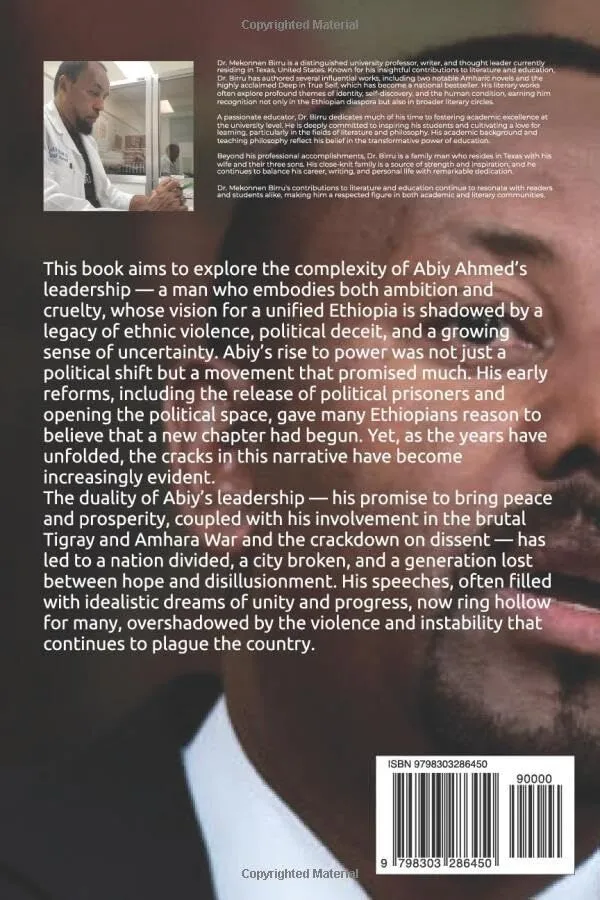By Tesfa-Alem Tekle
(ADDIS ABABA) – The number of Somalia refugees sheltered at Ethiopia’s Dollo Ado refugee camp has hit a record high of 170,000 making it the world’s second largest refugee complex, according to the UN refugee agency (UNHCR).
The number of new arrivals to Dollo Ado have seen a decline, however, the newest camp located in Ethiopia’s South East has continued to receiving new arrivals.
Since the beginning of this year, over 60,000 Somalis have fled into neighboring countries, including 25,000 to Ethiopia – making the Horn of Africa nation the largest recipient of Somali refugees in the region so far this year.
Somalis are forced to leave their home due to conflict, drought and lately due to insecurity in southern and central parts of Somalia.
Other arrivals, according to UNHCR, also say that they had to leave in fear of harassment and forced recruitment by al-Qaida linked armed groups, who still control large rural areas of the East African nation.
Currently there are five camps in Dollo Ado. The newest, Buramino camp, which was opened in November last year is now full, hosting maximum capacity of 32,000.
UNHCR has been transferring new arrivals to Kobe and Hillaweyn camps, whose accommodation capacity has been increased into 30,000 people each.
The two oldest camps, namely Bokolmanyo and Melkadida, host more than 40,000 people each.
With people still arriving at Dollo Ado, There are now plans to build a sixth camp some 54 kilometres north of Dollo Ado town. The Ethiopian government has already authorized the opening of the new camp to accommodate more arrivals and ease burdens at crowded camps.
According to UNHCR officials, it cost more than US $5 million to open the new camp, setting up basic services and infrastructure including medical, education and warehousing facilities.
The UN refugee agency said it currently is “seeking support from donors and partners, including resources for NGO partners who would be working in the camp”.
UNHCR has appealed an initial and urgent fund of US$1.5 million needed to prepare sites, demarcate land and to setting up basic infrastructure, including drilling of bore holes, setting up water points, emergency clinic, latrines.
Since January this year, UNHCR has managed to secure US$44 million. which is far less than the US$112 million needed to assist more than 1 million Somali refugees that remain displaced across the region.
Somalis are the largest refugee community in Ethiopia, which is also home to more than 91,000 Sudanese refugees, almost 61,000 Eritreans and 4,000 refugees from other countries, taking the total refugee population in Ethiopia to nearly 368,000.
Every month, the country receives thousands of new arrivals, the majority of whom are Somalis followed by Sudanese and Eritreans respectively.
According to UNHCR, Somalia remains one of the world’s longest and worst refugee crises with a third of Somalia’s estimated 7.5 million population living in forced displacement – either as refugees or internally















